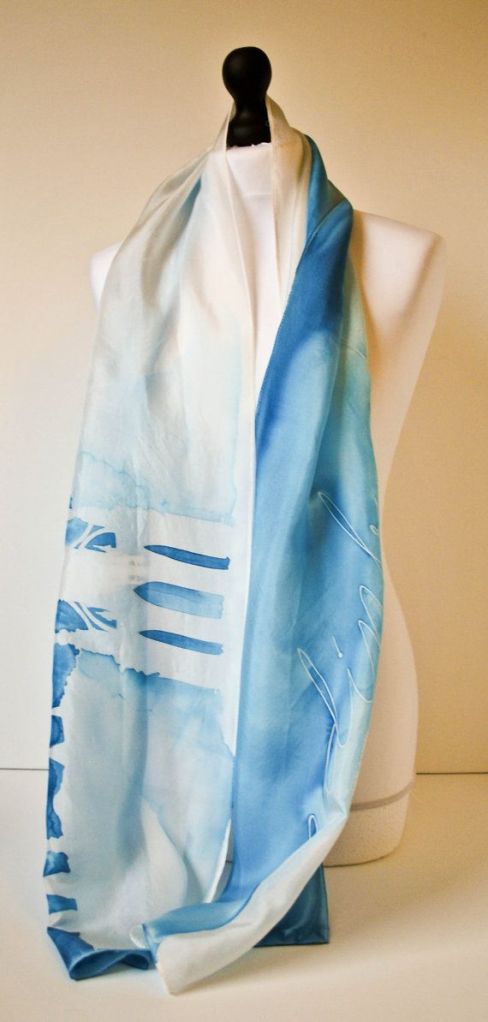Seriously, I just teared up a little watching the first trailer for Captain Marvel.
[Update: It’s not just me. This is about the 5th similar reaction I’ve read today. And I haven’t been looking for them one way or another. You should see the moviestar tweet reactions.]
After forever of not having a female led super hero film were getting one. Now don’t get me wrong, I saw Wonder Woman and overall it was pretty great. In my five-year-old’s heart I’m still wearing Wonder Woman Underoos. But Wonder Woman was missing something for me that I still want.
(I swear this post fits on this blog – I will talk about costumes.)

What’s different about Captain Marvel is the one thing that took Wonder Woman down a notch for me. Diana starts her movie as sort of an adult innocent. She’s strong, brave, skilled and self-assured in those skills, which are important things to show, but she’s sheltered, trusting, demure. She does see the negative things in the world and does change and grow, but I still left the movie with that initial impression of her. As if she couldn’t be a hero without somehow apologising a little. (To be fair, I haven’t seen the later movies she’s in yet). Of course the time period the film is set in was not known for showing women being strong. That was certainly a factor. But think about how different characters like Shuri, Okoye, Wasp and Black Widow are. They are strong, fierce and unapologetic. Now the costume part. Wonder Woman’s outfit, while iconic, is still a mini skirt and strapless top. What woman doesn’t want to wear a regular bra or sports bra with her fighting uniform? And maybe not bother to shave her legs.
Captain Marvel is strong from the get go. Determined. From child to adult, she gets knocked down and keeps getting back up. The way they put those images together for the trailer was particularly effective. And by god, she’s covered by her uniform! She’s as protected as any other superhero. It will be interesting to hear how the uniform felt while shooting. Evangeline Lilly’s Wasp costume included a corset in the internal structure. Captain Marvel’s probably does too and that’s ok (Captain America’s probably does too). But what she’s wearing is functional. She can kick ass without worrying about her undies showing or having exposed skin on her chest and still look good. She can be a hero, who just happens to be a woman. That’s what I want.
It’s a small thing, but in the trailer, when the word HER becomes A HERO, that got me.












